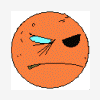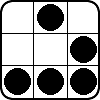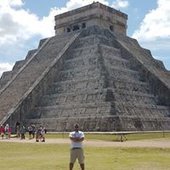I'm a bit left behind on the graphical API front and think of things like it's OpenGl 1.2 :). So time to update myself by learning a more modern API. So if you more modern and next-gen people can help me out by telling me the things i need to try out to learn the new modern way. Not a full game but rather smaller tests like render a cube, render to a texture, make a geometry shader and such smaller seperate things. The top steps to learn a new API really. Then i can make it into a top 10 list of things todo and work it off and feel good about myself :).










